Design your own business cards: In this article, we’ll explore the importance of business cards and the impact of their material. We will also look at the size of business cards, their various uses. You will also find a number of sample business card templates and overall take a brief look at their historical development. Practical tips on how to make business cards will help you create a memorable and effective card. So that when you design your own business cards, the result will make a lasting first impression in the competitive world of business.

Without a doubt, one of the most effective personal branding tools is a well-designed business card. A well-designed business card not only conveys your contact information, but also serves as a powerful marketing tool that reflects your brand identity.
Article Content
- Why Design Your Own Business Cards?
- Business Card Size, Shape and Material
- Balancing Aesthetics, Clarity, and Essential Information
- Standard Sized Business Cards and their Various Uses
- History of Business Cards
- FAQ’s about Business Cards
Why Design Your Own Business Cards?
- Personalization: Designing your own business cards allows you to infuse your unique personality and style into the card. This personal touch can make a significant difference in how potential clients or partners perceive you and your business.
- Brand Representation: Your business card is a tangible representation of your brand. By designing it yourself, you have the opportunity to incorporate elements that align with your brand colors, logo, and overall aesthetic. Consistency across all brand materials helps in building brand recognition.
- Stand Out from the Crowd: In a sea of generic business cards, a custom-designed card can help you stand out. Whether it’s through a distinctive color scheme, creative typography, or a unique layout, your business card should catch the eye and leave a lasting impression.
Practical Tips on How to Make Business Cards:
- Define Your Brand Identity: Before diving into the design process, clarify your brand identity. What colors, fonts, and imagery represent your business? Ensure that your business card aligns with these brand elements to maintain a cohesive look across all your marketing materials.
- Keep It Simple: While creativity is essential to design your business card, simplicity is equally important. Avoid clutter and unnecessary details that can overwhelm the viewer. A clean and well-organized design will make it easier for people to absorb the information and remember you.
- Choose Quality Materials: The paper and finish of your business card matter. Opt for high-quality materials that feel substantial and convey a sense of professionalism. A well-crafted card can leave a positive impression and make your business seem more reliable.
- Include Essential Information: Ensure that your business card includes all the essential information such as your name, job title, company name, contact number, email, and website. Including relevant social media handles can also be beneficial if they play a significant role in your professional identity.
- Experiment with Typography: Play with different fonts to find a combination that complements your brand. Be mindful of readability and choose fonts that are clear and easy to understand. Experiment with font sizes and styles to create hierarchy and emphasize key information.
- Incorporate Visual Elements: Enhance the visual appeal of your business card with images or graphics that resonate with your brand. Consider using your logo or other visual elements that represent your industry or profession.
In Short
When you design your own business cards, it’s not just about providing contact information; it’s an opportunity to express your brand, make a statement, and stand out in a competitive marketplace. By incorporating your unique style and following these practical tips, you can create a business card that leaves a lasting impression and helps you make valuable connections in the business world. So unleash your creativity and make your business card a powerful extension of your brand identity.
Business Card Size, Shape and Material
Keeping the size, shape, and material in mind when you design your own business cards is critical to creating a memorable and effective networking tool. Here’s a guide to help you navigate these important considerations:
Size:
1. Standard Size:
- The most common business card size is 3.5 inches by 2 inches (88.9 mm x 50.8 mm).
- This size is widely accepted and fits easily into standard cardholders.
2. Non-Standard Sizes:
- Some individuals or businesses opt for non-traditional sizes to stand out.
- Square cards (2″ x 2″) or larger cards can be attention-grabbing but may not fit standard cardholders.
Shape:
1. Rectangular (Standard):
- The majority of business cards are rectangular, following the standard size.
- This shape is classic, practical, and fits seamlessly into cardholders.
2. Square:
- Square cards can be eye-catching and unique.
- However, they may not fit standard cardholders and could be more expensive to produce.
3. Die-Cut Shapes:
- Custom die-cut shapes can be used for a distinctive and memorable design.
- Be cautious with intricate shapes, as they may impact the practicality of storing and handling the cards.
Material:
1. Paper/Cardstock:
- Standard Paper: Suitable for basic cards, economical, and easy to write on.
- Thicker Cardstock: Provides a more substantial feel, conveying quality and durability.
2. Specialty Materials:
- Recycled Paper: Environmentally friendly option.
- Textured Paper: Adds a tactile element to the card.
- Plastic: Durable, waterproof, and stands out but can be more expensive.
3. Finishes:
- Matte Finish: Provides a smooth, non-reflective surface.
- Glossy Finish: Adds shine and vibrancy, making colors pop.
- UV Coating: Adds a layer of ultraviolet protection and a high-gloss finish.
4. Special Effects:
- Embossing/Debossing: Adds a raised or recessed texture.
- Foil Stamping: Adds a metallic or holographic finish.
- Spot UV: Adds a glossy, raised coating to specific areas.
Considerations when you design your own business card:
1. Brand Image:
- Choose materials and shapes that align with your brand image and industry.
2. Practicality:
- Ensure your cards are easy to carry, store, and write on if necessary.
3. Budget:
- Consider your budget constraints when choosing materials and finishes.
4. Audience:
- Tailor your choices based on your target audience’s preferences and expectations.
5. Printing Method:
- Different materials and finishes may require specific printing methods. Consult with your printing service to ensure compatibility.
6. Legal and Cultural Considerations:
- Be aware of any industry or cultural norms regarding business card design.
When designing your own business cards, the size, shape, and material should be carefully chosen to align with your brand, appeal to your audience, and create a positive and memorable impression. Experimentation is encouraged, but it’s important to strike a balance between creativity and practicality.
Balancing Aesthetics, Clarity, and Essential Information
Designing your own business cards for effectiveness means balancing aesthetics, clarity, and essential information. The format and content of your business card will depend on several factors, including your industry, personal preferences, and the message you want to convey. Here’s a breakdown of the key elements and formats commonly used on custom business cards:
1. Contact Information:
- Name: Use a legible font and consider making it slightly larger for emphasis.
- Job Title: Clearly state your position or role within the company.
- Company Name: Include your company’s name prominently.
- Contact Number: Add a phone number, preferably a direct line.
- Email Address: Provide a professional email address.
- Physical Address: Optional but useful, especially if you have a physical location.
2. Visual Elements:
- Logo: Incorporate your company logo for brand recognition.
- Photo: On photo business cards, include a professional headshot for a personal touch.
- Initials: Use stylized initials as a design element or a focal point.
3. Design Elements:
- Color Scheme: Align the color scheme with your brand for consistency.
- Font Choice: Opt for readable fonts that represent your brand’s tone.
- Whitespace: Ensure a clean and uncluttered design for easy readability.
4. Additional Information:
- Tagline: If applicable, include a brief and memorable tagline.
- Social Media: Add relevant social media handles if they contribute to your professional image.
- Website: Include your website URL for online presence.
- QR Code: For a digital link, add a QR code that directs to your website, portfolio, or LinkedIn profile.
5. Format Variations:
- Photo Business Cards: Ideal for professions where personal connections are crucial, such as real estate or consulting.
- Logo Business Cards: Emphasizes brand identity; suitable for businesses with strong visual branding.
- Initials Business Cards: Provides a sleek and minimalist look; great for a personal touch without a photo.
- QR Code Business Cards: Enables quick access to your online presence; effective for tech-savvy industries.
6. Practical Considerations:
- Readability: Ensure all text is legible, considering font size, color, and background.
- Card Size: Standard or custom sizes, but be mindful of practicality for storage.
- Paper/Material: Choose a quality material that suits your brand image.
- Printing Technique: Consider finishes like matte, glossy, embossing, or foil stamping for added visual appeal.
7. Legal Considerations:
- Compliance: Ensure your business card complies with industry regulations and legal requirements.
8. Testing:
- Proofreading: Double-check all details for accuracy.
- Design Testing: Get feedback on your design before finalizing and printing.
Custom business cards are an extension of your professional identity, so it’s essential to strike a balance between creativity and professionalism. Tailor the elements and format to suit your brand and industry while keeping in mind the preferences of your target audience.
Design Standard Sized Business Cards with Various Uses
Indeed, traditional business cards have evolved beyond the standard format to include specialized types, each of which serves a different purpose. Let’s take a closer look at some of these specialized business cards:
1. Logo Business Cards:
- Purpose: Emphasizes brand identity.
- Description: Features a prominent display of the company’s logo for instant brand recognition.
2. Photo Business Cards:
- Purpose: Adds a personal touch for client-facing professions.
- Description: Includes a professional headshot of the individual, common in industries like real estate, consulting, and creative services.
3. Initials Business Cards:
- Purpose: Offers a minimalist and sophisticated design.
- Description: Focuses on stylized initials or a monogram, providing a clean and elegant look.
4. QR Code Business Cards:
- Purpose: Facilitates quick access to digital content.
- Description: Includes a QR code that, when scanned, directs the recipient to a website, portfolio, LinkedIn profile, or other online resources.
5. Thank You Business Cards:
- Purpose: Expresses gratitude after a meeting, collaboration, team work or transaction.
- Description: Includes a brief thank-you message and contact details, reinforcing a positive interaction.
6. Referral Business Cards:
- Purpose: Encourages word-of-mouth marketing.
- Description: Includes information about referral programs, incentives, or a dedicated space for the referrer to write their name.
7. Appointment Reminder Cards:
- Purpose: Helps clients remember scheduled appointments.
- Description: Includes the date and time of an upcoming appointment, often with a blank space for additional notes.
8. Appointment Booking Cards:
- Purpose: Provides an easy way for clients to schedule appointments.
- Description: May include a QR code or contact information for booking appointments online or over the phone.
9. Discount or Loyalty Business Cards:
- Purpose: Encourages repeat business.
- Description: Includes a space for stamps or marks to track purchases, offering discounts or rewards after a certain number of visits.
10. Event or Ticket Business Cards:
- Purpose: Functions as an event ticket or invitation.
- Description: Contains event details, RSVP information, or a perforated section that serves as a tear-off ticket.
11. Social Media Business Cards:
- Purpose: Connects recipients with online profiles.
- Description: Includes social media handles, encouraging recipients to connect on platforms like LinkedIn, Instagram, or Twitter.
12. Testimonials Business Cards:
- Purpose: Highlights positive client testimonials.
- Description: Features quotes or snippets from satisfied clients, adding credibility to the business.
13. Magnetic Business Cards:
- Purpose: Ensures long-lasting visibility.
- Description: Business cards with a magnetic backing, allowing them to be attached to metal surfaces for ongoing exposure.
14. Seasonal or Holiday Business Cards:
- Purpose: Adds a festive or seasonal touch.
- Description: Features themed designs and greetings to coincide with holidays or specific seasons.
19. Industry-Specific Business Cards:
- Purpose: Tailored to specific professions or industries.
- Description: Designs and information catered to the unique needs and expectations of a particular field (e.g., creative industries, technology, healthcare) or professions such as home care, lawn service, hair stylist, photographer, personal trainer, life coach, real estate, financial planner, architect, yoga instructor, massage therapist, cleaning service, entrepreneur, mechanic, jeweler, dog grooming, plumber, hotel business card.
-

Marketing Materials Every Personal Trainer Needs to Grow Their Business
Read the post …: Marketing Materials Every Personal Trainer Needs to Grow Their Business -
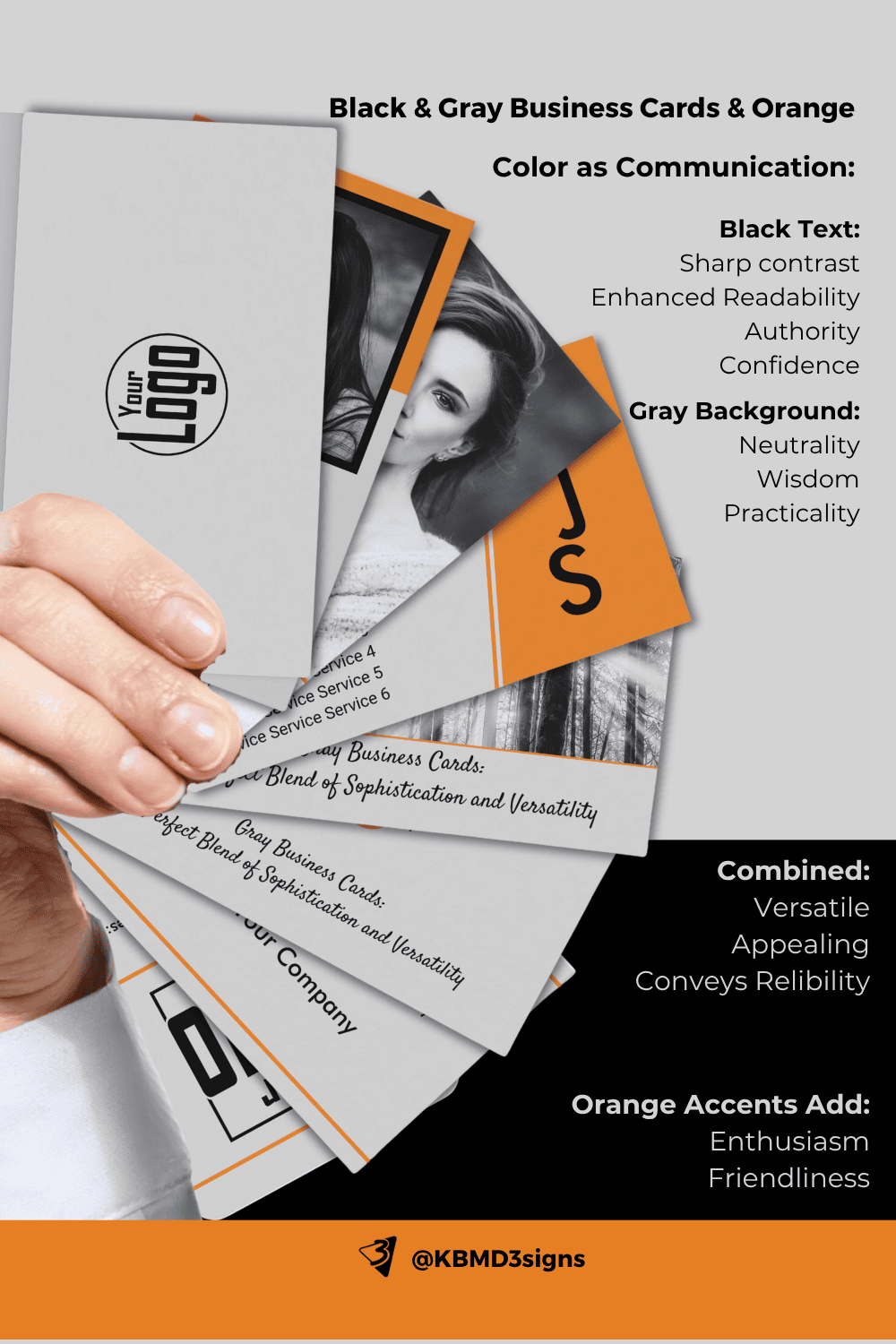
Gray Business Cards: Perfect Blending Of Sophistication And Versatility
Read the post …: Gray Business Cards: Perfect Blending Of Sophistication And Versatility -

Brand Color Blue : Business Card Designs with an Edge
Read the post …: Brand Color Blue : Business Card Designs with an Edge
Choosing the Right Type:
Choosing the right type of business card depends on your industry, personal preferences, and the message you want to convey. Consider the purpose of your interactions and the expectations of your target audience when choosing a specialized business card. A well-designed and targeted business card can leave a lasting impression and contribute to the success of your networking efforts.
Business Card Templates
Additionally, all of the business cards presented above and their various purposes are business card templates. They were created by KBM D3signs and are available exclusively in the Cocoon It! store on the Zazzle platform.
The templates allow you to add your text, tagline, QR code information, and images. Best of all, the designs allow for custom color and font changes. All in all, this makes it easy to create your own business cards.
Alternatively design your own Business Cards from Scratch!
History of Business Cards
Business cards have a long and fascinating history that dates back several centuries. The origin of business cards can be traced to ancient China and Egypt, but they evolved over time into the familiar form we know today. Here’s a brief overview of the historical development of business cards:
Ancient Origins:
China (15th Century):
The earliest precursor to business cards is believed to have originated in China during the 15th century. Chinese merchants used “visiting cards” to announce their arrival in a village or town.
Egypt (17th Century):
In Egypt during the 17th century, “calling cards” were used as a means of introduction. These cards were handed to servants upon arrival, indicating that the guest was waiting to be received.
Europe in the 17th Century:
France:
In 17th-century France, “carte de visite” or “visiting cards” became popular among the aristocracy. These cards were used as a social tool, exchanged during social visits to announce one’s presence.
England:
Visiting cards gained prominence in England during the Victorian era (19th century). They were used to express social standing, manners, and etiquette. A complex system of rules governed the use of these cards in various social situations.
Evolution in the United States:
19th Century:
Business cards in the United States evolved from the practice of using calling cards. Over time, as commerce and trade expanded, individuals began using cards to promote their businesses.
Industrial Revolution:
The Industrial Revolution in the 19th century played a significant role in the widespread use of business cards. With increased mobility and the growth of businesses, professionals needed a convenient way to share contact information.
20th Century to Present:
Print Technology:
The 20th century saw advancements in print technology, making business cards more accessible and affordable for a broader range of professionals.
Standardization:
As businesses became more formalized, there was a move toward standardization in the size and layout of business cards. The 3.5 x 2-inch format, which is widely recognized today, became a standard size.
Design and Branding:
In the latter half of the 20th century, there was a shift toward using business cards not only for contact information but also as a branding tool. Logos, color schemes, and unique designs became common elements.
Digital Era:
With the advent of the digital era, electronic business cards and online networking platforms have become prevalent. However, physical business cards continue to be an important networking tool, offering a tangible and personal connection.
Business cards have evolved from simple social tools to essential elements of professional networking and branding. While the digital age has introduced new ways of exchanging information, the traditional business card remains a symbol of professionalism and a tangible representation of personal and corporate identity.
Design Your Own Business Cards FAQs
Essential details include your name, job title, company name, contact number, email address, and website.
Keep it clean, use readable fonts, incorporate your brand colors, and ensure a balance between professionalism and creativity.
The standard size is 3.5 x 2 inches, but variations exist. Stick to this size for practicality.
Yes, QR codes can quickly link to websites, portfolios, or contact information, enhancing digital connectivity.
Yes, especially if you’re in client-facing roles like real estate or consulting. Ensure it’s a professional headshot.
Common finishes include matte, glossy, embossed, debossed, spot UV, foil stamping, and textured options.
Carry a sufficient amount for the event or situation. It’s better to have extras than to run out.
Yes, if relevant to your professional image. Include only the most important ones.
Yes, but be mindful of practicality. Unconventional shapes may not fit standard cardholders.
Thank-you cards express gratitude after a meeting or transaction, reinforcing positive interactions.
Yes, physical business cards remain valuable for tangible, personal connections despite digital alternatives.
Absolutely. Tailor your card’s design and information to specific networking situations or industry contexts.
It depends on your brand image. Premium materials can convey quality and leave a lasting impression.
Yes, but use scents sparingly to avoid overwhelming recipients. It can be a unique touch for certain businesses.
Ensure accuracy, avoid false claims, and comply with industry-specific regulations. Include necessary contact details.
Yes, especially if they include promotions, discounts, or referral incentives. They can serve as effective marketing tools.
Yes, if it succinctly communicates your brand message. It can add personality and uniqueness.
Update them whenever there’s a change in contact information, job title, or branding elements.
Yes, especially if you need additional space for information or want to convey a more detailed message.
Yes, consider using recycled paper or other sustainable materials to align with environmental values.
-

What Is A Brand Partnership? – A Small Business Perspective
Read the post …: What Is A Brand Partnership? – A Small Business Perspective -
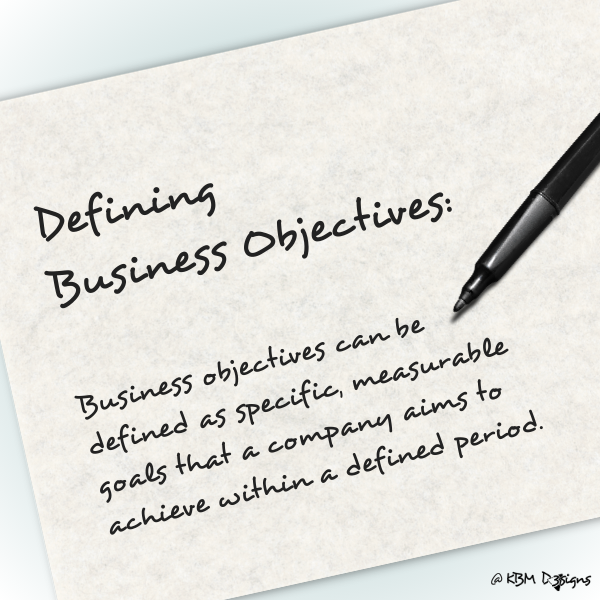
What Are Business Objectives?” Perspective Of A Small Business
Read the post …: What Are Business Objectives?” Perspective Of A Small Business -

What Is A Focus Group Market Research? – SMB Perspective
Read the post …: What Is A Focus Group Market Research? – SMB Perspective



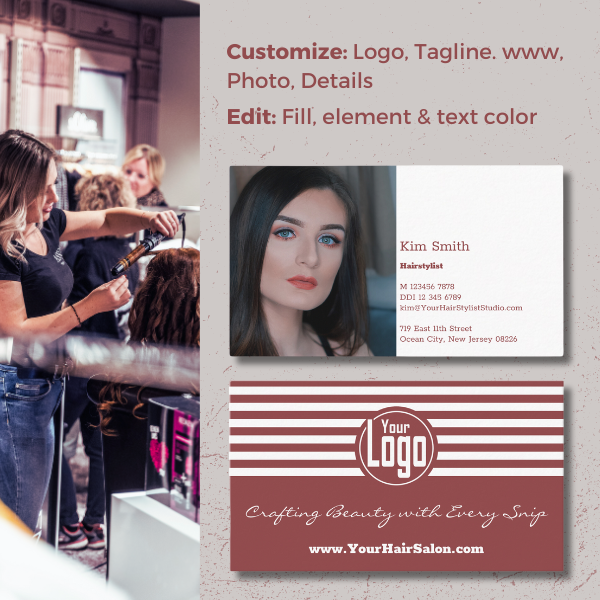
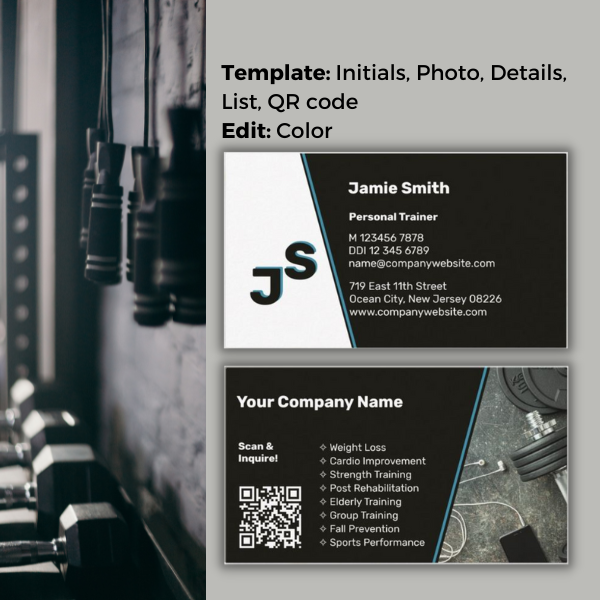







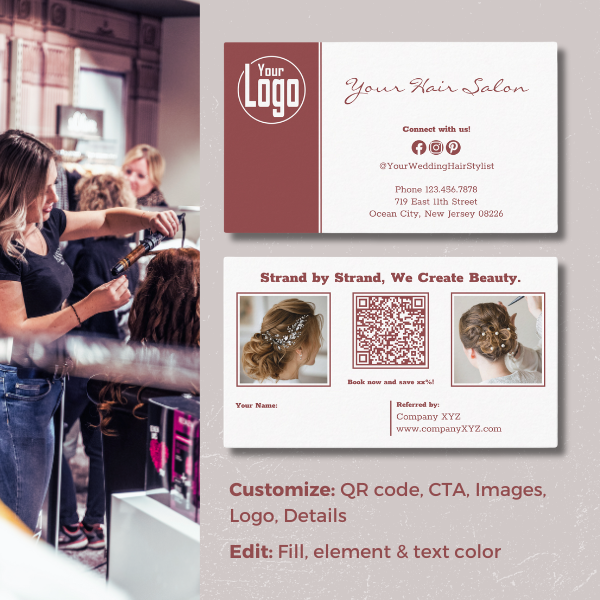

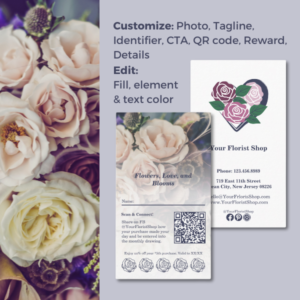
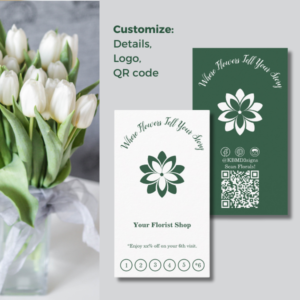








Pretty nice post. I just stumbled upon your weblog and wished to say that I have
really enjoyed surfing around your blog posts.
After all I’ll be subscribing to your feed and
I hope you write again soon!
Thank you so much, Gilda, for your kind comment! I’m really glad to hear that you enjoyed browsing through the blog posts. It’s great to know that you’re subscribing to the feed – I truly appreciate the support! I’ll definitely keep the content coming, so stay tuned for more posts. If you have any specific topics you’d like to see covered, feel free to let me know. Thanks again for stopping by!
Wonderful goods from you, man. I have understand your stuff previous to
and you’re just too fantastic. I actually like what you have acquired here,
really like what you’re stating and the way in which you
say it. You make it entertaining and you still care
for to keep it smart. I can not wait to read much more
from you.
Thank you so much for your generous words! I’m really glad to hear that you’ve enjoyed the content and find it both entertaining and insightful. It’s wonderful to know that the way I present things resonates with you. Your support and enthusiasm truly motivate me to keep creating more. I appreciate your excitement for future posts, and I can’t wait to share even more with you. Thanks again for your kind feedback!